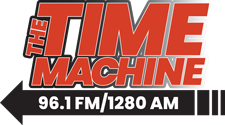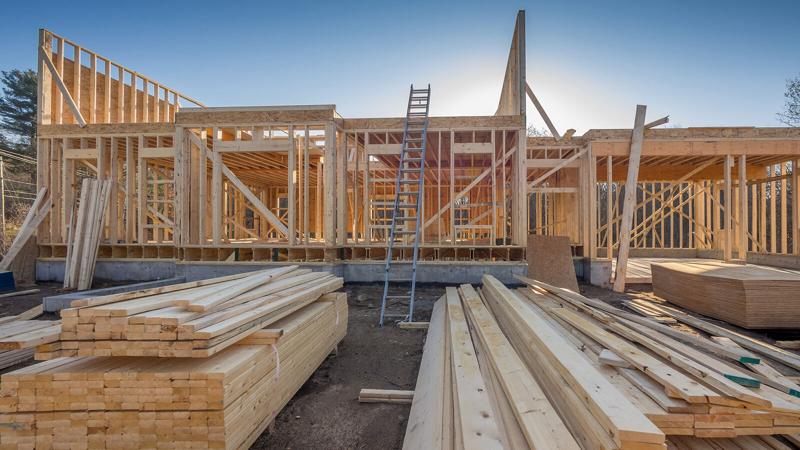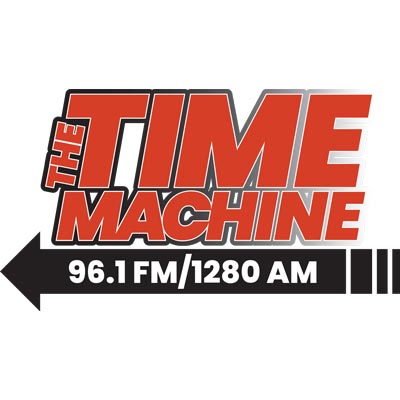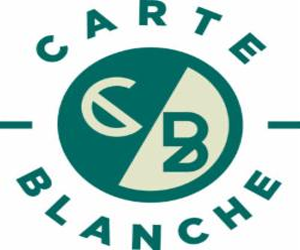This week’s economic calendar is packed with major reports and Fed speeches, but January’s messy data – driven by historic wildfires, an unprecedented winter freeze, and unusual snowfall – may do little to clear the fog over the U.S. economy. Here’s what to watch:
S&P Case-Shiller Home Price Index (Dec.)
• November’s national home price index rose 3.8% year over year – up slightly from 3.6% in October – but rising December mortgage rates likely held back buyers. Zillow reports indicate that homes for sale are up 18% versus early 2024, suggesting easing price growth as more sellers return.
Consumer Confidence (Feb.)
• Expected to decline further amid rising policy uncertainty and renewed inflation fears.
New Home Sales (Jan.)
• Forecast at 674,000, down from 698,000, new home sales were more likely affected by the January freeze than by mortgage rates, which have eased since mid-month.
• With higher inventory and softer rates, a rebound may be on the horizon if no new policy shocks emerge.
Inflation measured by the PCE & Core PCE (Jan.)
• The upcoming PCE report will be critical: headline inflation has rebounded, driven by higher energy and food prices, while core inflation remains steady at 2.8%.
Bottom Line:
While economic growth remains robust, it is expected to slow amid escalating policy uncertainty. Uncertainty – stemming from tariff fears or potential regulatory and fiscal policy changes – acts as a negative supply shock, raising prices and curbing growth simultaneously. The Fed, therefore, is caught between slowing growth and persistent inflation pressures, leaving it on hold for now.







